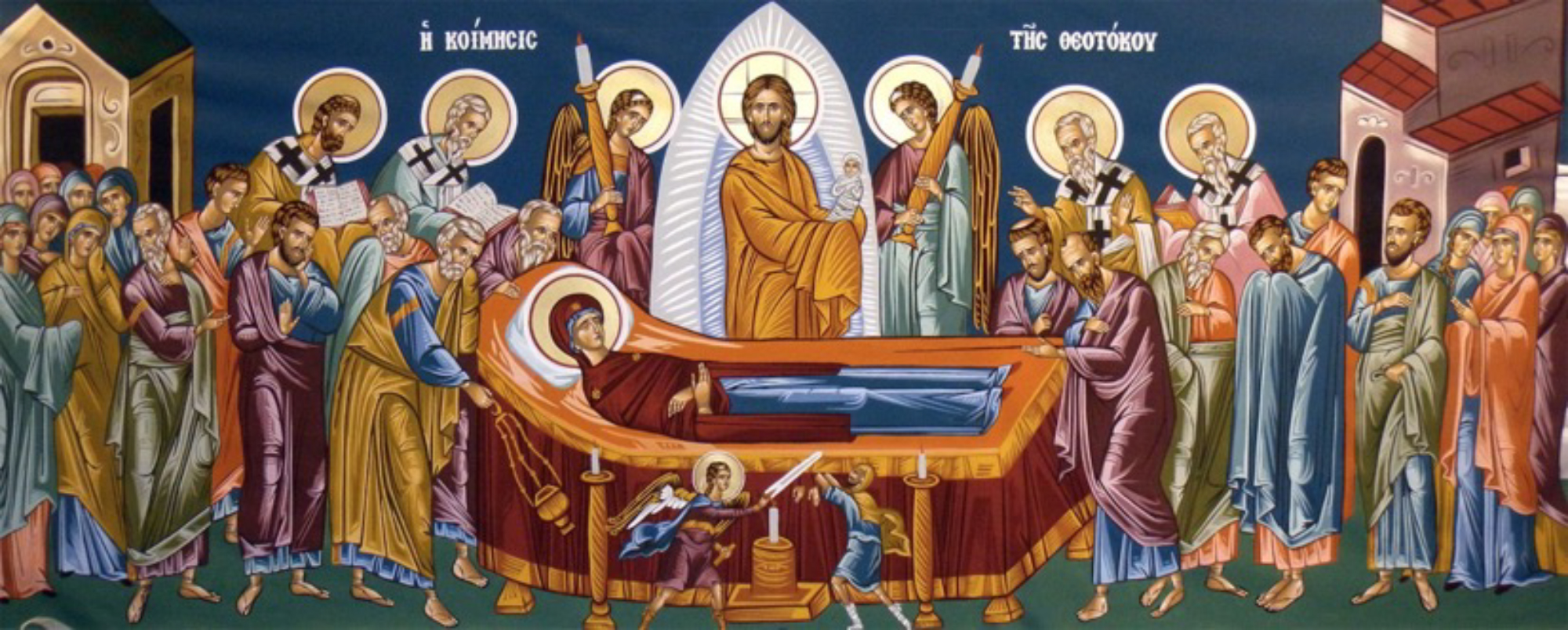 “Blessed ever be the way, the way on which you walk this day, for there is prepared for you a place of everlasting rest.” ~ Hymn from the Orthodox funeral service
“Blessed ever be the way, the way on which you walk this day, for there is prepared for you a place of everlasting rest.” ~ Hymn from the Orthodox funeral service
WHEN SOMEONE YOU LOVE DIES
✠ When a loved one dies, please immediately contact Fr. John 850-244-0822 ✠
________________________________________________________________________________
Funeral Practice in the Orthodox Church
In the Orthodox Faith, the model for the Christian burial is Jesus Christ Himself. As Christ died, and His body was buried in a tomb in anticipation of His physical Resurrection from the dead, so too has the practice of Christianity since its earliest days been to bury the body of a deceased Christian, out of respect for the sanctification that God has given humanity with the Incarnation of Christ in the flesh, and with our faith in the mystery of our own resurrection into eternal life with Christ.
In the ancient world, in many pre-Christian cultures, it had become common to burn the body of the deceased on a funeral pyre, however in Christianity this practice of burning the body was never accepted, again, out of respect for the sanctification of the human person through the Savior. When St. Paul uses the expression “though I give my body to be burned” in 1 Corinthians 13:3, he is speaking about being willing to be martyred for his faith, which is of course a much different circumstance than a normal Christian burial, and is suggestive that the “burning” is not a desirable practice.
Thus, over the many centuries of Christian practice and in the Orthodox Church up to the present day, the practice of burning or, in contemporary society, cremating the body of a deceased is not followed, since we believe in the sanctification of the human body, and to willfully burn or reduce a body to ashes would be considered inconsistent with the understanding that the body has been sanctified by Christ’s presence in the world. So for the Orthodox Funeral, the rule is that we have to have a body, and that body should be properly buried following the Funeral Service.
In the Funeral Service, the faithful gather to offer prayers for the deceased, whose body is respectfully placed in an appropriate casket on the soleas in the church during the Service. After the Funeral, a procession is made by the faithful to the sight of internment, where the body is buried, with the Priest offering the Trisagion Service at the gravesite. Following the burial, a Makaria (Meal of Mercy) is then shared, usually at the Church Hall, but if the family prefers, this may also happen at a home or in a restaurant. The main course of the Makaria is always fish, since the food for the first meal that Jesus shared with His disciples after His Resurrection was fish (see Luke 24:42-43).
We will pray for the soul of a person who has been cremated with a Trisagion Service in a funeral home or at a gravesite, but in order for there to be a Funeral Service, we need to have the body, and the body will need to be properly buried.
We strongly suggest that our families prepare for the end of earthly life by making basic funeral decisions and preparations ahead of time. Families that prepare will be saving their loved ones from a considerable amount of difficulty, and the family will then be able to focus on dealing with their loss in a prayerful manner. I will be glad to help with any issues or questions regarding Funeral practice.
